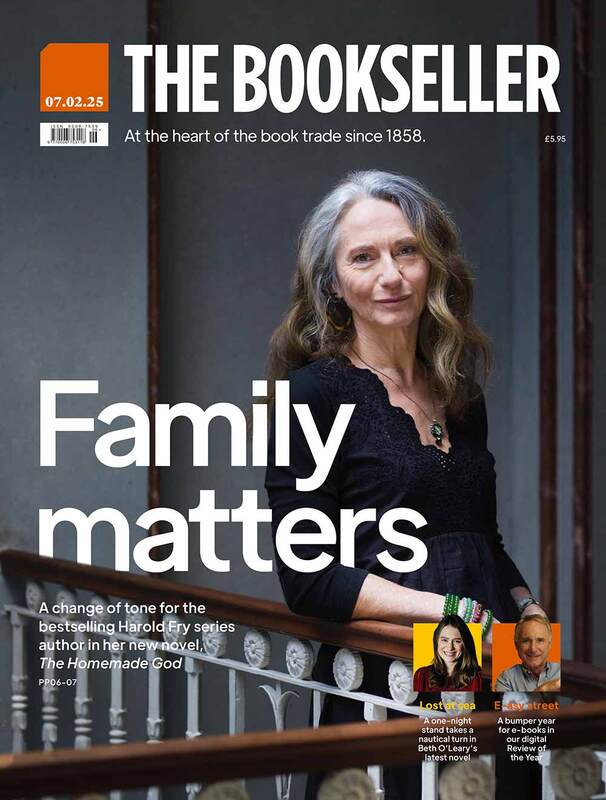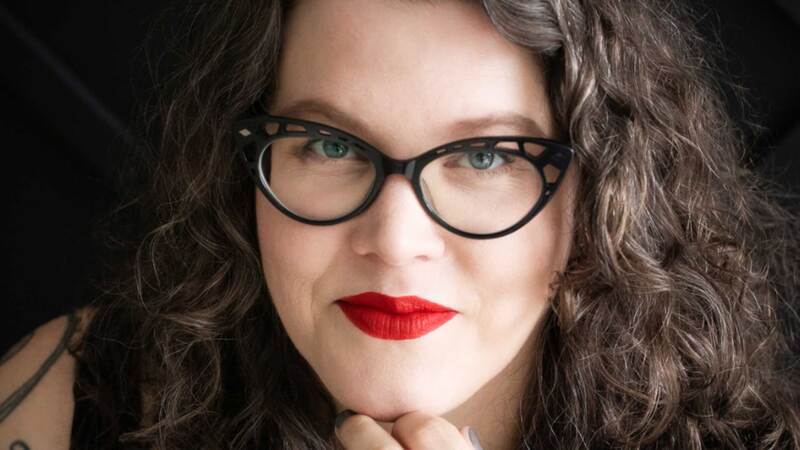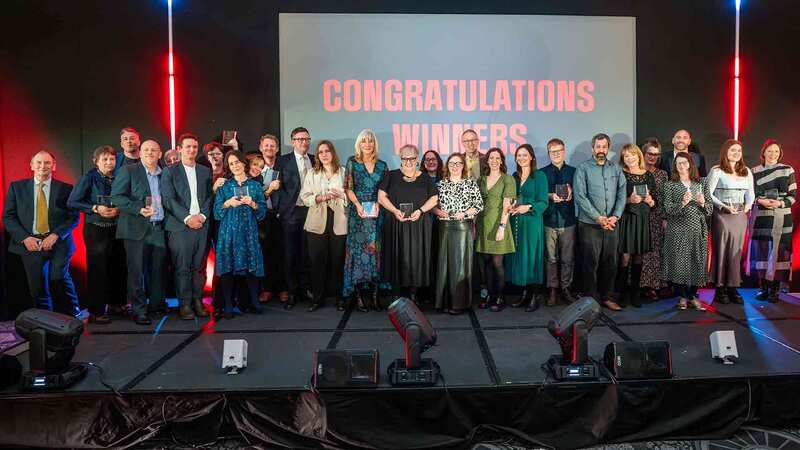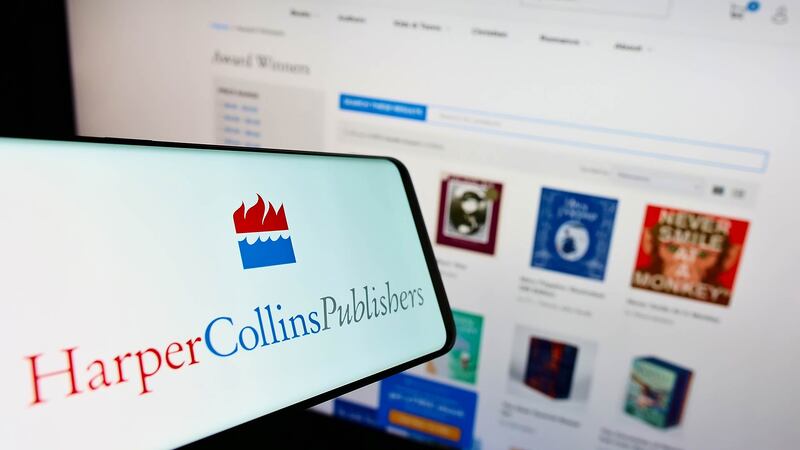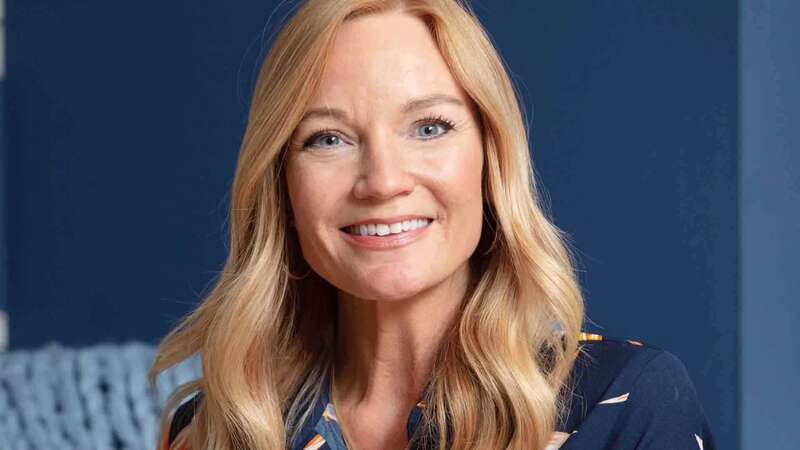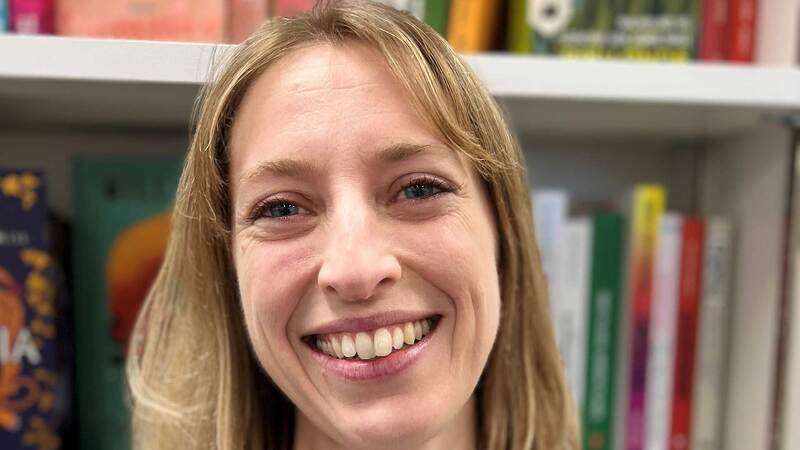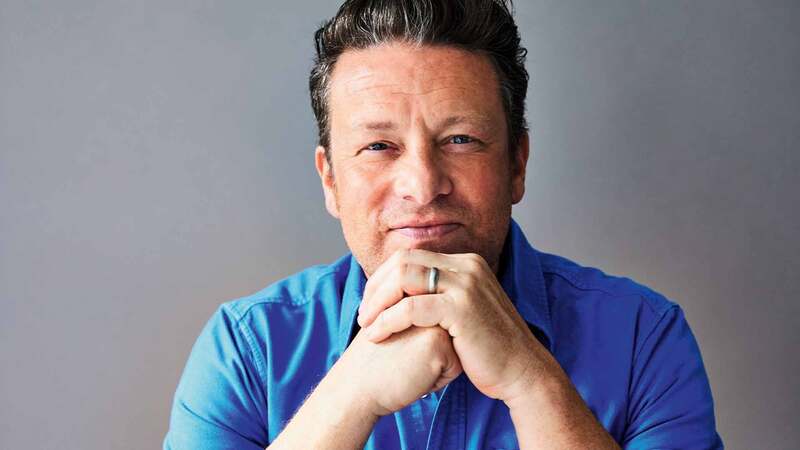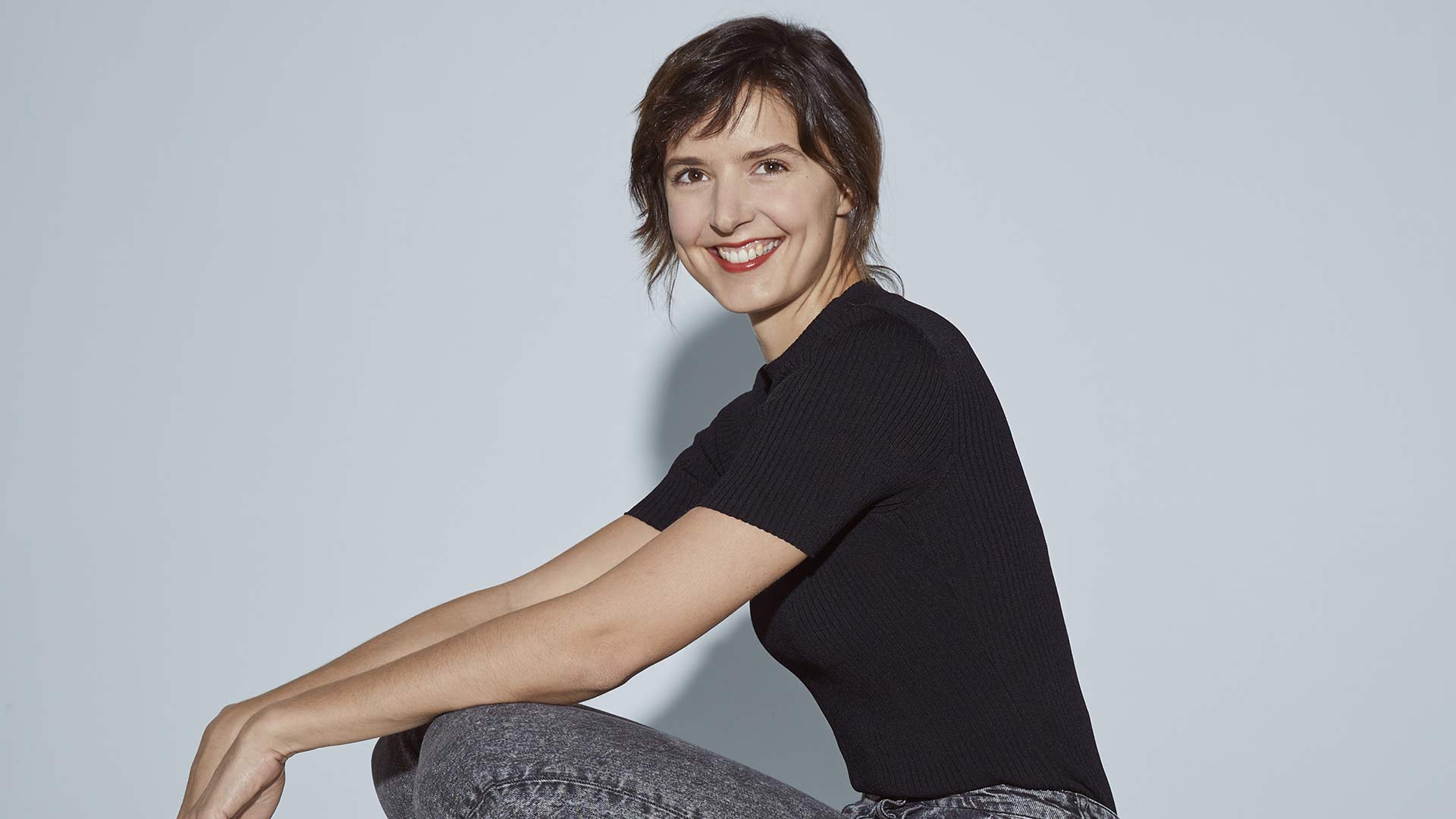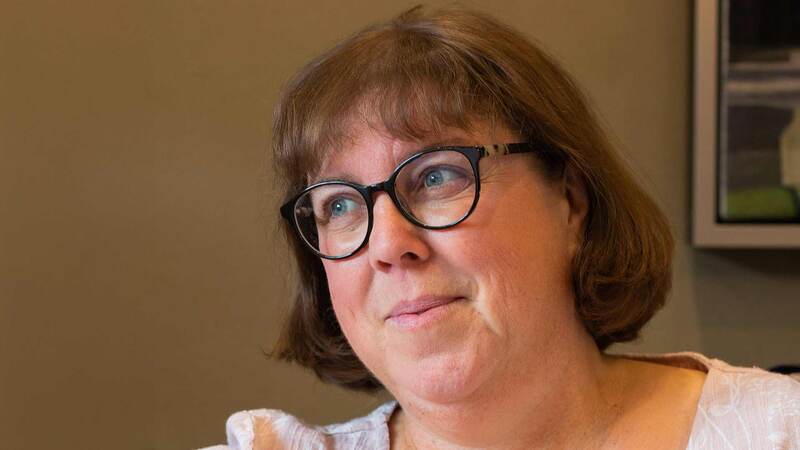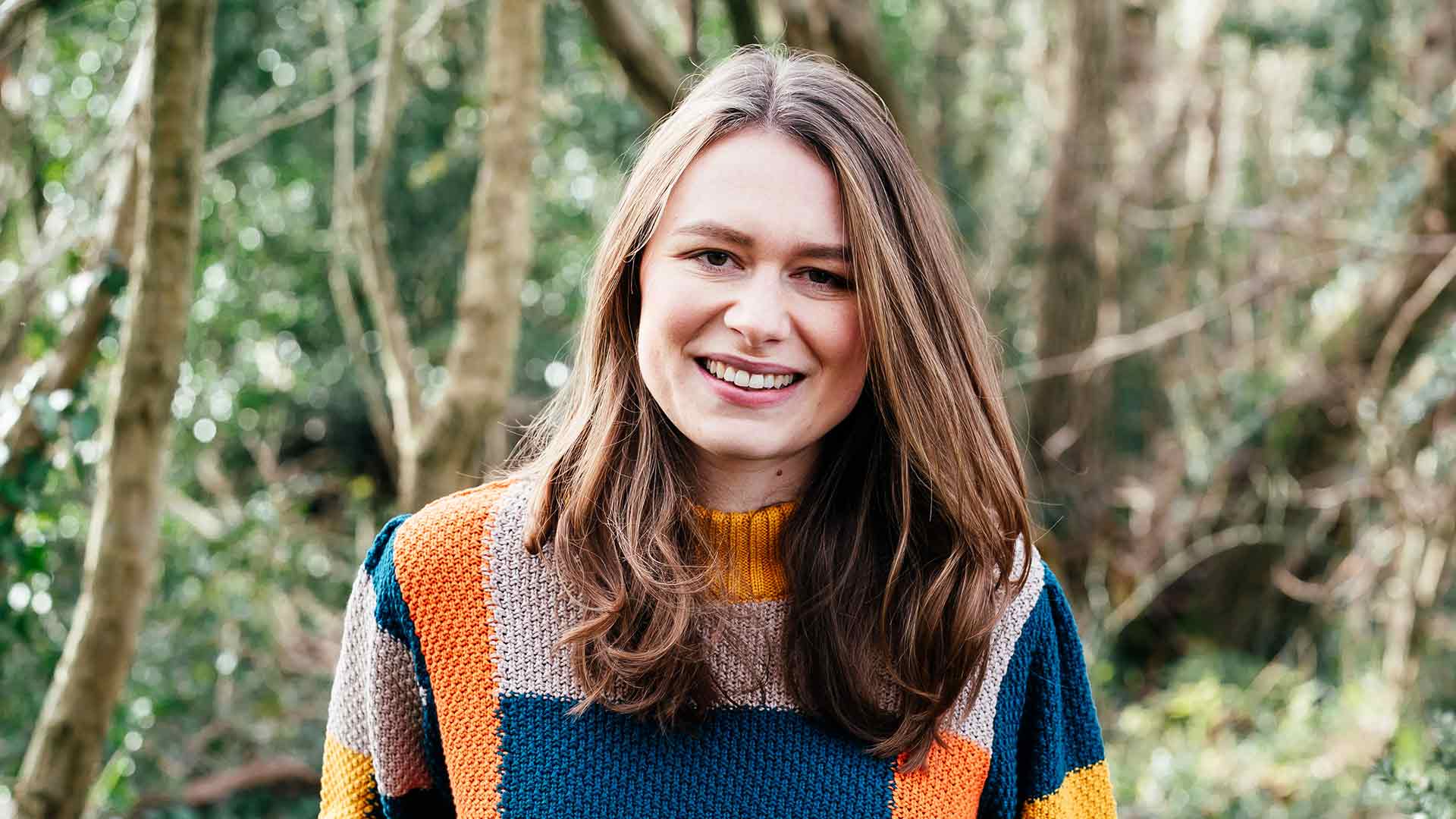You are viewing your 1 free article this month. Login to read more articles.
Male writers favoured in broadsheet reviews, research finds
In a new research project, new books by men were found to receive 12% more broadsheet review coverage than those of their female counterparts.
‘Are You Serious? The Emelia Report into the Gender Gap for Authors’ revealed marked discrepancies between how male and female authors’ books were treated. The 18-page report, written by journalist Danuta Kean, analysed publicity for 10 writers – five female and five male – who published books at the same time and in the same genres, as well as interviewing established women authors.
The research was commissioned by the producers of the play “Emilia”, inspired by the first published female poet, Emilia Bassano, to mark its West End opening.
The key findings included a lack of equality of literary coverage with more reviews for male authors; the impression that men’s writing is often seen as more literary; and the fact that women were twice as likely to have their age referenced as part of a review. The study also found that women reviewers and interviewers responsible for more than half of editorial and that “contrary to widespread belief, there was no evidence that men only review men and women only review women”.
Across the broadsheet analysis, new books by men received 56% of review coverage – 12% more than their female counterparts who got 44%. “At launch neither Joanne Harris or Rowan Coleman received any coverage of their books in broadsheet newspapers, despite being bestselling writers,” Kean wrote in the report. “In contrast, both Neil Gaiman and Matt Haig, to whom their books compare, received widespread coverage.”
A number of the female authors interviewed, such as Kate Mosse, Susan Hill and Coleman, discussed how their gender affected attitudes to their writing.
Hill believes attitudes have got worse since her debut was published 60 years ago while Coleman said women’s writing was “treated like a hobby” and lamented the term “chick-lit”. She said: “It’s nonsense. We shouldn’t be using the word ‘chick’ to describe women writers in the 21st century.” Meanwhile Mosse described conventions around literary criticism, dominated by F R Leavis, as focusing attention on the “white, male-dominated literary canon”.
Some of the authors spoke anonymously about inappropriate situations occurring including a journalist who asked for a kiss after an interview. An author, who spoke on the condition of anonymity, said: “I’m so surprised that there has been very little about #MeToo in publishing. I’m waiting for it to happen, to be honest, I know of countless men who go to literary festivals and harass women.”
There were also frustrations cited with cover designs. “I don’t think big booksellers reward gender-neutral marketing for commercial books,” one author said. “With a previous novel of mine, which was chosen for a major promotion [by a retailer], I had a choice between a specifically gendered cover with a woman on it, and a more neutral cover with no person pictured. I was told the retailers liked the more gendered cover, so we had to choose that one.”
To redress the balance, the report recommended that retailers “need to be challenged about the use of gender stereotypes in cover images that undermine the credibility of fiction by women and their ability to be taken seriously”. It also called for literary editors to “examine any gender bias in their review coverage of writers of commercial fiction, rather than assume that appointing more women reviewers will automatically lead to more work by women being reviewed”. Furthermore Kean argued that a code of conduct needs to be agreed by journalists and publishers “to ensure women writers do not face harassment”.
For more information, read the full report here.


